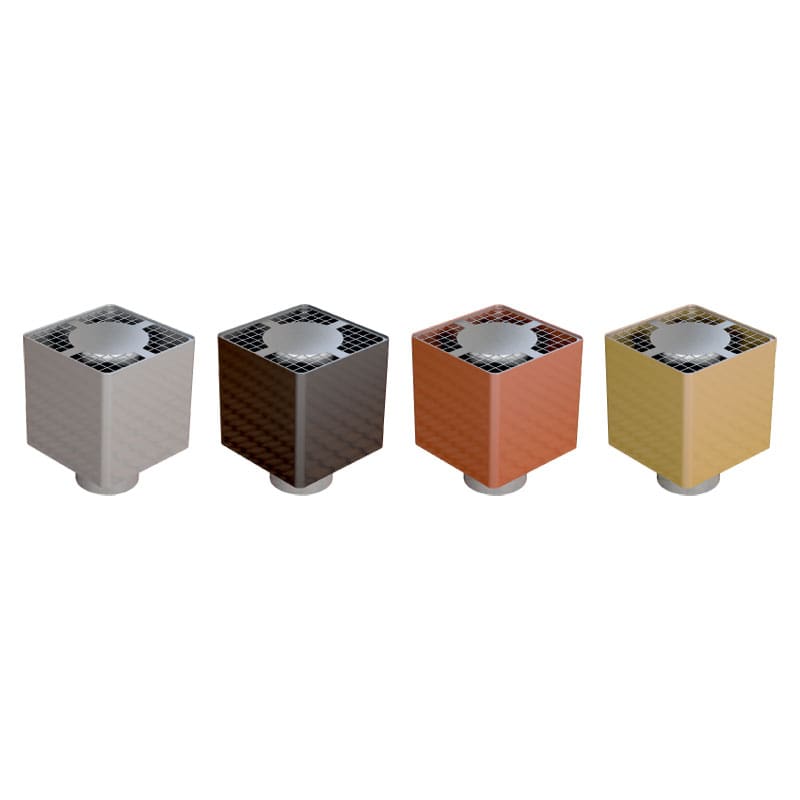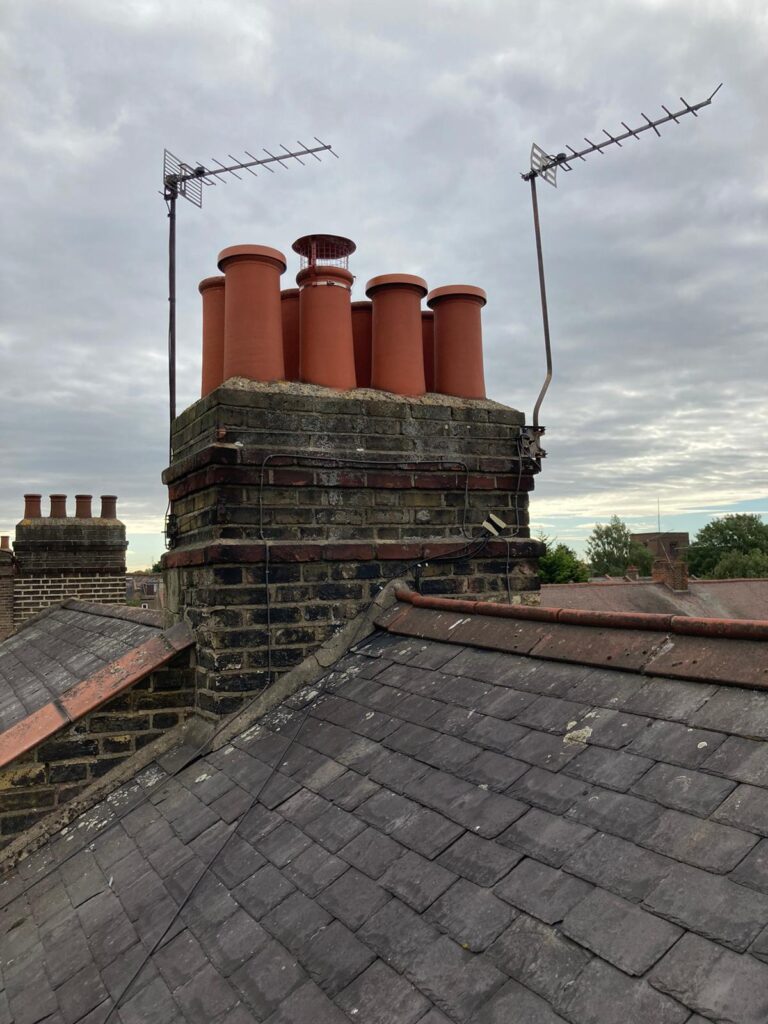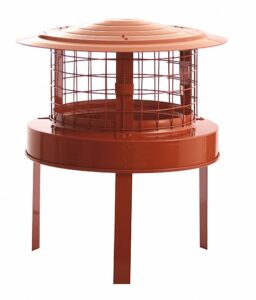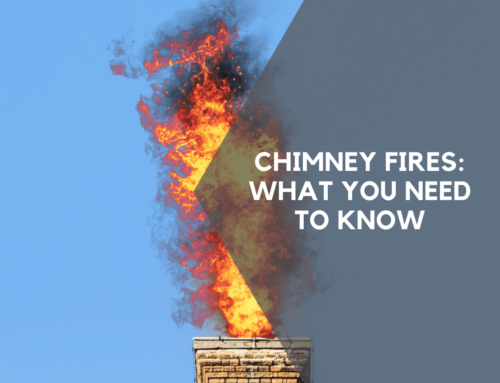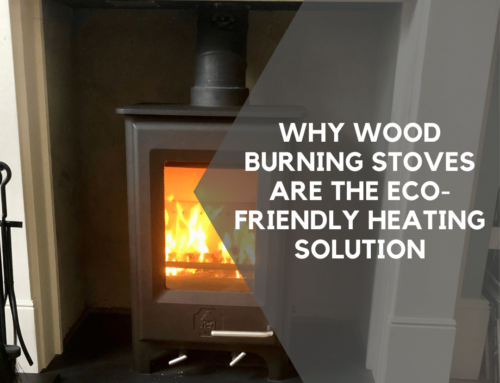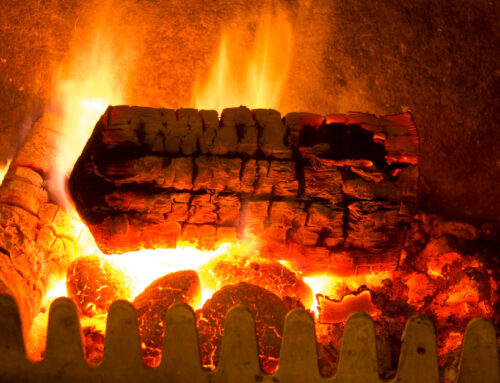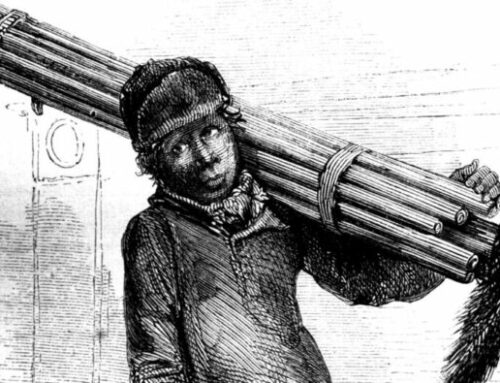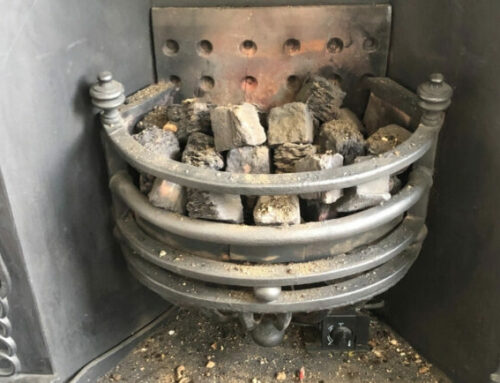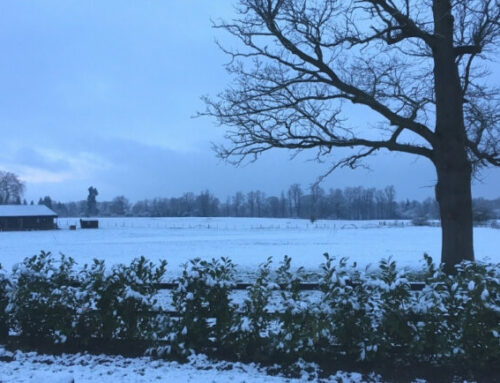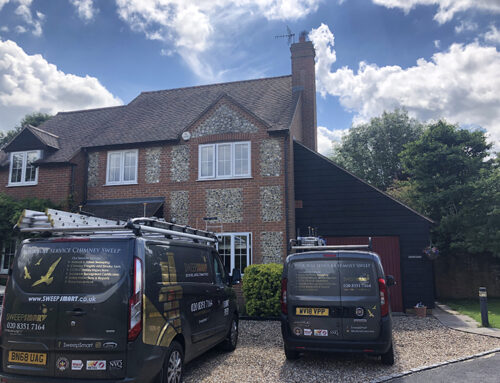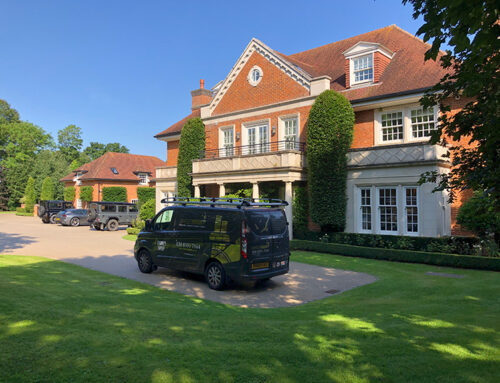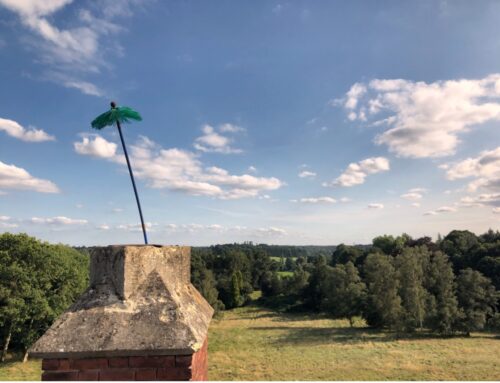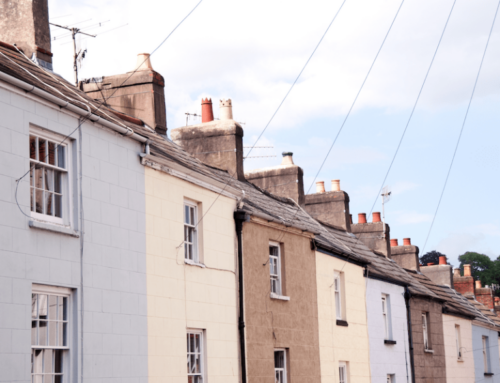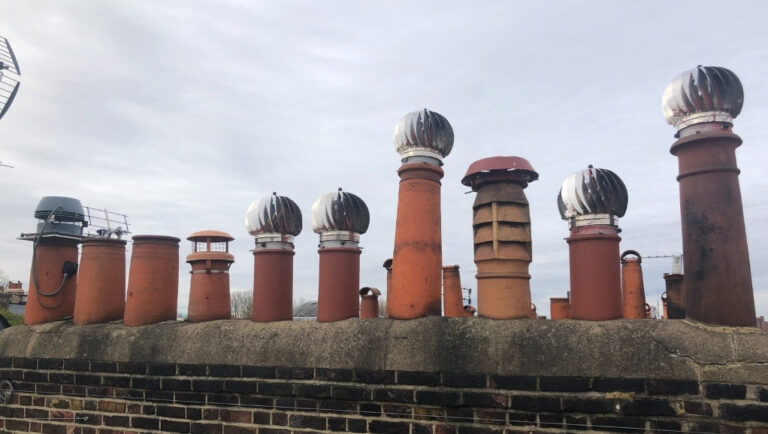
What is a Chimney Cowl?
A chimney cowl is a metal or clay ‘hat’ that sits on top of the chimney pot. There are many different styles of chimney cowl available, and they all serve slightly different purposes. The best cowl for your chimney will depend on several factors such as the task it needs to perform and the type of chimney you have. The most common chimney cowl is often a simple round open pot. This is because hot gas travels vertically and some of the more complicated cowls can add too much resistance, causing more soot, which you’re trying to avoid.
Do I Need a Chimney Cowl Fitting?
Firstly, it’s important to get advice from a specialist before you attempt to fit a chimney cowl. The cowl plays a huge part in the flue system and as chimney sweeps, we see unsuitable cowls almost every day.
There are a couple of reasons why you may need a chimney cowl fitting. We have listed some of the most common reasons below.
- You’re experiencing heat loss when you are not using the fireplace
- Weatherproofing is needed
- Downdraught is an issue
- Up draught needs improving
- Animal proofing your home
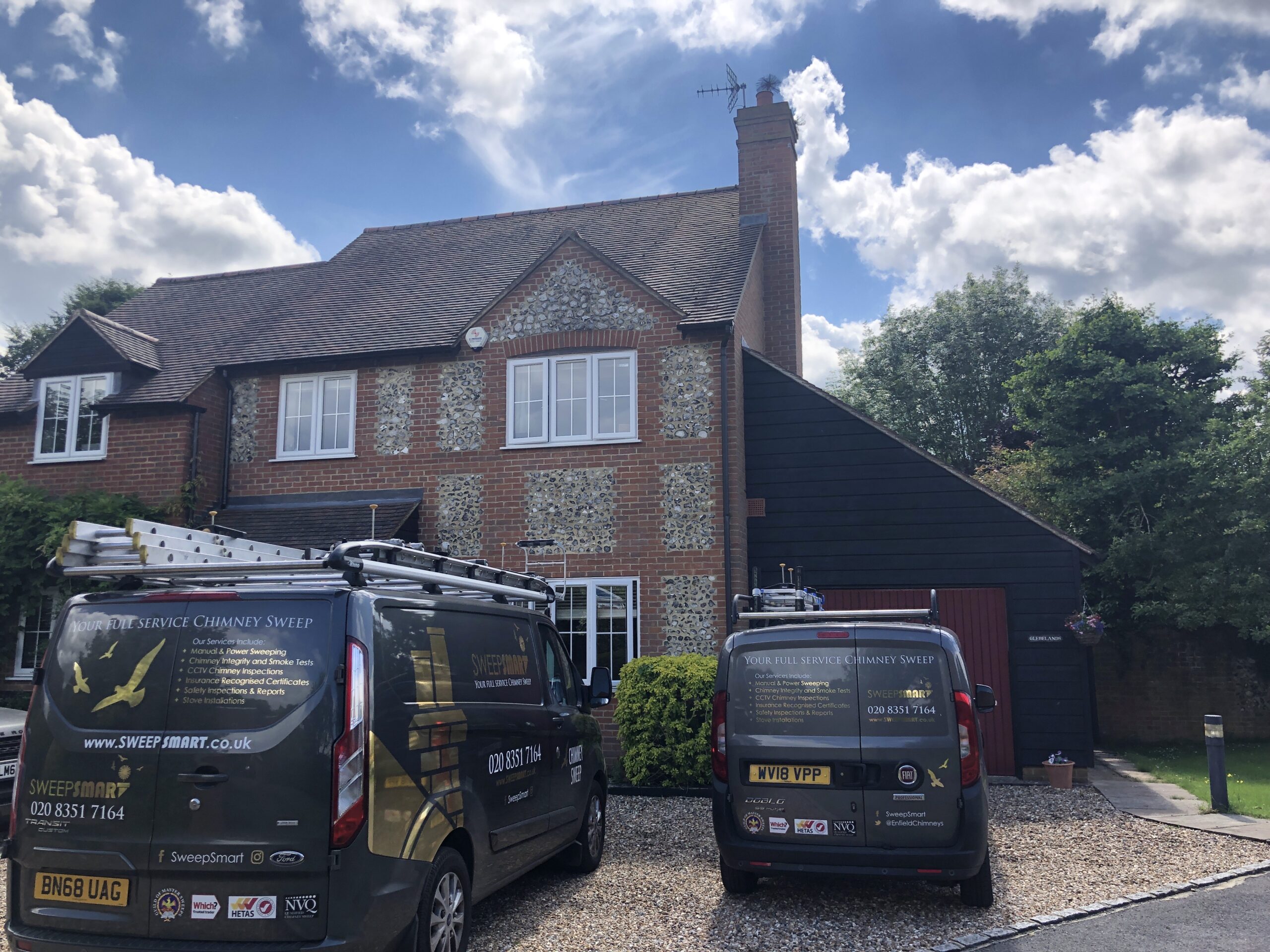
What Does a Chimney Cowl Do?
Chimney cowls have four primary functions:
- Weatherproofing.
The most basic function of a chimney cowl is to protect your chimney and your home from bad weather conditions. Chimney cowls were first used for weatherproofing homes many years ago after people began creating makeshift covers. (Please don’t do this, it’s very dangerous.) Nobody wants rain coming through the chimney and smoking the house out whilst you’re trying to watch TV and enjoy your evening in front of the fire. - Deterring Wildlife.
A common choice for a chimney cowl is to prevent birds and small animals from entering your chimney in the hunt for warmth and shelter. Birds are unfortunately renowned for causing problems, especially if they make it into your home and cause considerable damage in a flight of panic and confusion. Although very sad, animals that don’t make it down the chimney alive can also cause many issues such as decay, bad smells, and infestations. Both outcomes are very unpleasant and can be costly. - Increasing Draw.
Some chimneys struggle with a lack of draw. To put it simply, when the fire is lit it struggles to ignite properly and the gasses don’t flow up the chimney like they are supposed to. A chimney draw helps to guide the smoke upwards. - Preventing Downdraught.
Downdraught is caused by negative air pressure that sits at the top of the chimney. This can be caused by nearby buildings, overhanging branches, tall trees, wind, and more. A chimney cowl prevents air from being pushed back down the chimney. Without a chimney cowl, you risk the smoke coming into the room, which is not only dangerous to you because of the nasty gases such as carbon monoxide but can also cause smoke damage in your home.
The Different Types of Chimney Cowls
There are six main types of chimney cowls on the market.
Bird Guards
As the name suggests, these cowls prevent birds and wildlife from entering your chimney and making a nest in the flue. They usually appear as a rounded mesh top with a metal lid.
Anti-Down Draught Cowls
This type of cowl is designed to reduce the whistling effects of wind blowing down the chimney, causing a nasty draught. We think these look a little like a UFO.
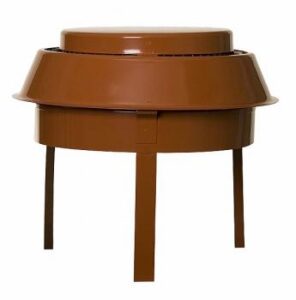
Gas Cowls
These cowls are made of metal or clay and are very restrictive. A gas cowl is only suitable for gas appliances, and you will need to seek advice from a gas engineer before fitting one. The type of gas fire and flue will determine which gas cowl is needed.
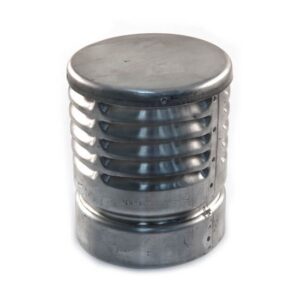
Rotary Cowls
The clue is in the name with this one. A rotary cowl spins in the wind, creating a vortex that increases up draught.

Mechanical Cowls
A mechanical cowl is used to create a vacuum thanks to the mechanic extractor fan inside. These cowls are commonly used in pubs and restaurants to counterbalance the effect of industrial kitchen extractors.
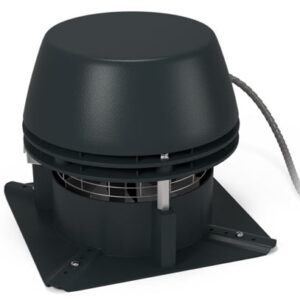
Flue Cubes
Finally, flue cubes. A flue cube mixes hot air from the flue with the cold air outside to create a mini cyclone. These cowls help to increase up draught.
